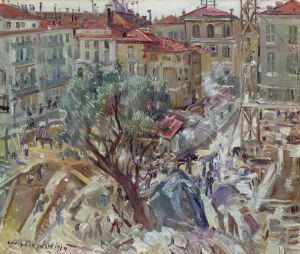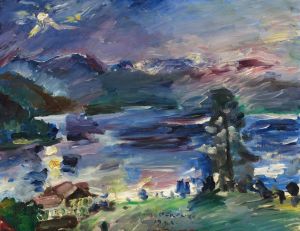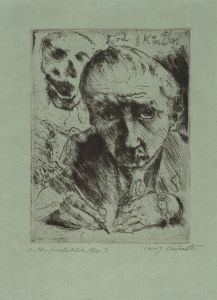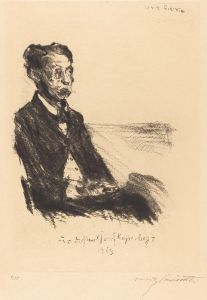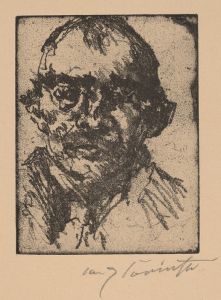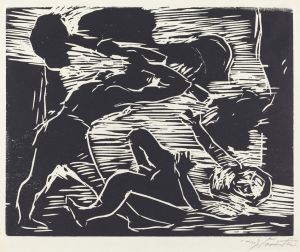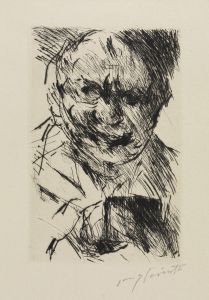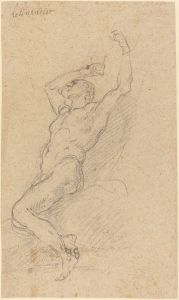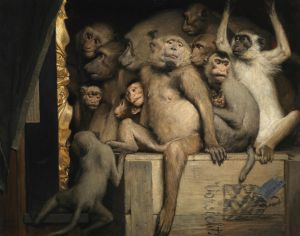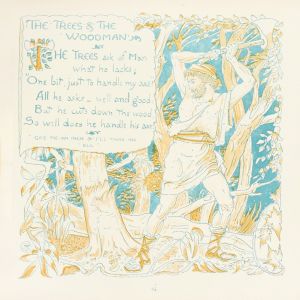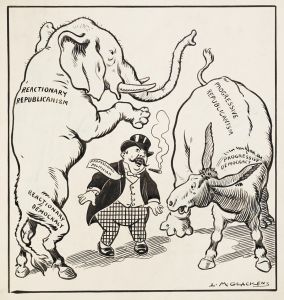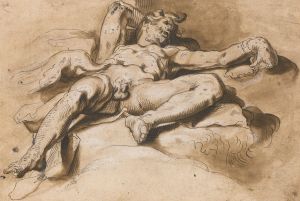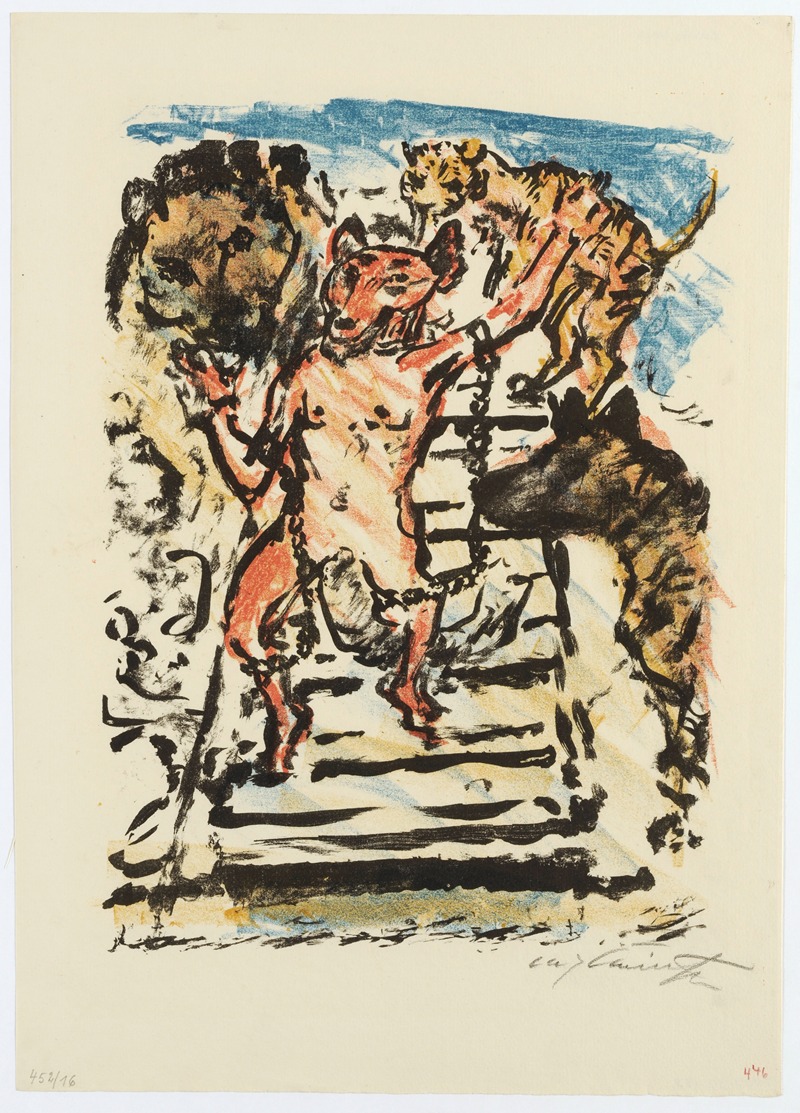
Reinecke, Mit Ketten Gefesselt, Erwartet Seine Hinrichtung
A hand-painted replica of Lovis Corinth’s masterpiece Reinecke, Mit Ketten Gefesselt, Erwartet Seine Hinrichtung, meticulously crafted by professional artists to capture the true essence of the original. Each piece is created with museum-quality canvas and rare mineral pigments, carefully painted by experienced artists with delicate brushstrokes and rich, layered colors to perfectly recreate the texture of the original artwork. Unlike machine-printed reproductions, this hand-painted version brings the painting to life, infused with the artist’s emotions and skill in every stroke. Whether for personal collection or home decoration, it instantly elevates the artistic atmosphere of any space.
Lovis Corinth was a prominent German painter and printmaker, known for his significant contributions to the transition from Impressionism to Expressionism in the late 19th and early 20th centuries. One of his notable works is "Reinecke, Mit Ketten Gefesselt, Erwartet Seine Hinrichtung," which translates to "Reinecke, Bound with Chains, Awaits His Execution." This painting is part of Corinth's exploration of literary and mythological themes, a common subject in his oeuvre.
The painting depicts a scene from the fable of Reynard the Fox, a popular medieval allegorical tale that satirizes human society through the adventures of a cunning fox named Reynard. In this particular scene, Reynard, or Reinecke in German, is shown in chains, awaiting execution. The fable of Reynard the Fox has been adapted and retold in various cultures and languages, and it often serves as a critique of social and political structures.
Corinth's interpretation of the fable is characterized by his dynamic brushwork and vivid use of color, which are hallmarks of his style. The painting captures the tension and drama of the moment, with Reinecke's expression conveying a mix of defiance and resignation. Corinth's ability to convey complex emotions through his portrayal of characters is evident in this work.
Lovis Corinth was born on July 21, 1858, in Tapiau, East Prussia (now Gvardeysk, Russia). He studied art in Königsberg, Munich, and Paris, where he was influenced by the works of the Impressionists. Corinth's early works were primarily naturalistic, but he gradually embraced a more expressive style, characterized by bold colors and vigorous brushstrokes. This evolution in his artistic approach is reflected in "Reinecke, Mit Ketten Gefesselt, Erwartet Seine Hinrichtung."
Throughout his career, Corinth was associated with the Berlin Secession, an art movement that sought to challenge the conservative art establishment in Germany. He became a leading figure in the movement and served as its president from 1911 to 1913. His works often explored themes of mythology, history, and the human condition, and he was known for his portraits, landscapes, and still lifes.
Corinth's personal life was marked by both triumph and tragedy. In 1900, he married Charlotte Berend, who was also an artist and one of his students. The couple had two children, and Charlotte often served as a model for Corinth's paintings. In 1911, Corinth suffered a stroke that left him partially paralyzed, but he continued to paint with his left hand, producing some of his most powerful works during this period.
"Reinecke, Mit Ketten Gefesselt, Erwartet Seine Hinrichtung" exemplifies Corinth's ability to blend narrative content with expressive technique. The painting not only reflects his interest in literary themes but also demonstrates his skill in capturing the psychological depth of his subjects. Corinth's work remains influential, and he is regarded as one of the leading figures in German art of the early 20th century.
Lovis Corinth passed away on July 17, 1925, in Zandvoort, Netherlands. His legacy endures through his extensive body of work, which continues to be celebrated for its emotional intensity and technical mastery.





